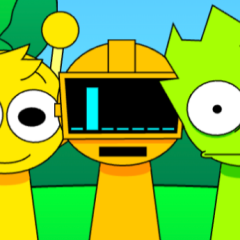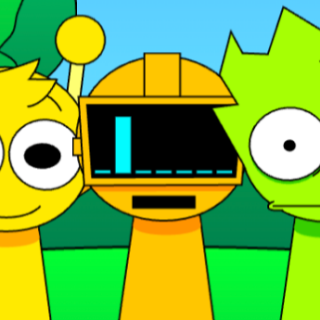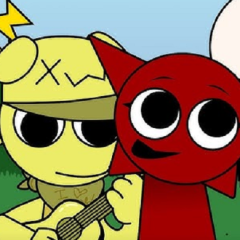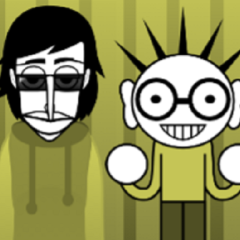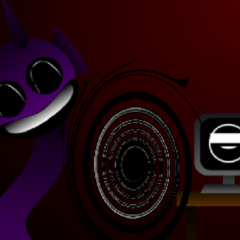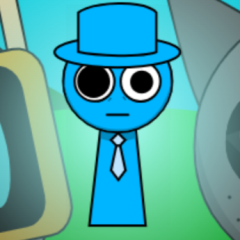Spunky Pyramid Scratch introduces a music creation experience built around rhythm puzzles and layered sound design. Set within a pyramid-themed environment, players interact with different levels by solving beat-based challenges. Each area contains audio elements that must be triggered or matched to progress, combining structured puzzles with user-driven experimentation. The core of the game is based on timing, listening, and rearranging sound fragments through direct interaction.
Step-by-Step Gameplay Flow
Players begin by choosing and customizing a character, which they will use throughout the game. A short tutorial introduces the mechanics, such as activating beats, scratching samples, and managing loops. Once familiar with the controls, players explore different sections of the pyramid. Each section presents rhythm-based tasks that must be completed to unlock more complex sound patterns and stages. As players advance, more layers of instruments and effects become available for mixing.
Beat Construction and Rhythm Challenges
Sound is built progressively. Players scratch beats, arrange loops, and apply sound filters by completing challenges tied to rhythm accuracy. As puzzles are solved, new instruments are added, allowing for deeper control of the music being produced. These challenges increase in complexity, requiring faster response times and more precise input. Every completed stage contributes to a larger track, which evolves throughout the session.
Customization and Music Tools
The game allows for character customization, giving players control over appearance and animation styles. Musically, players unlock a variety of samples and instruments that can be used to create their own combinations. Tools include pitch control, loop repeaters, and sample banks for building original tracks. These features are introduced gradually as players progress through different sections of the pyramid.
Each completed area reveals more of the pyramid and introduces new sound-based mechanics. Players are encouraged to revisit earlier stages to improve performance or try different musical outcomes. Final compositions can be saved or exported for use outside the game. The focus remains on interaction with rhythm and structure rather than traditional scoring systems. Through repetition and experimentation, players refine their timing and explore a wide range of sound possibilities.

